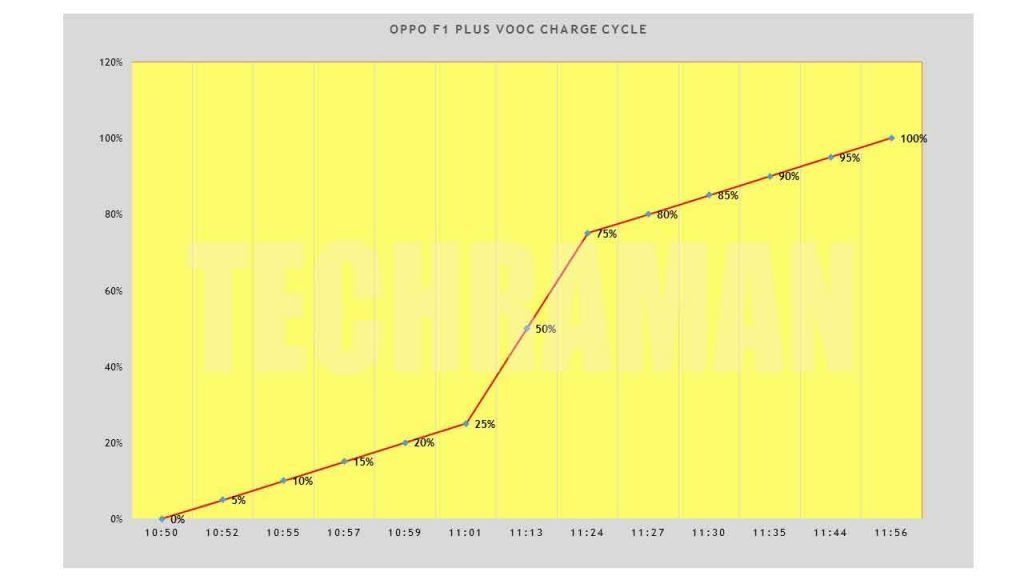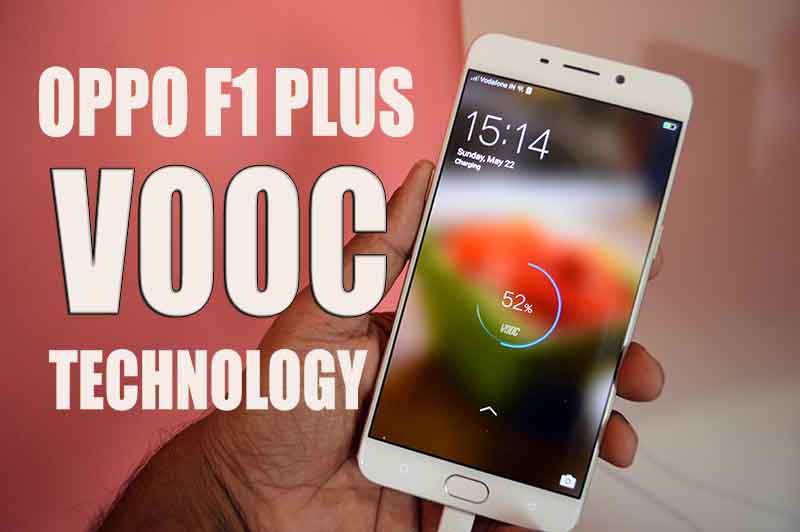Smartphones these days features bigger displays, mightier processors and the designers have to take a middle path to include a decent battery and still strive to retain a slim profile. Unfortunately, battery life still struggles to cope up with the needs of heavy-usage smartphone users and while power banks are seen as convenient backup, reducing re-charge times makes better sense.
So we see various terms used commonly ‘fast’ , ‘quick’ , ‘rapid’ and ‘turbo’ and OEM’s and chipset makers adopting different propreitory technology. We have Qualcomm’s quick charge (QC), MediaTek’s PumpExpress, Samsung’s rebranded QC which goes by the name Adaptive fast technolghy, Motorola’s Turbo Power system and amidst all these, Oppo has its own VOOC Fash charging technology. While they recently also announced their next generation Super VOOC technology, it’s yet to go commercial.
Oppo F1 Plus, the Smartphone the company calls it as ‘the Selfie expert’ makes use of VOOC Fast charging feature. The F1 Plus has a 2850 mAh battery and let’s see how fast it can recharge itself using VOOC.
Usually the fast charge technology uses a simple route. More watts equals more power and increased power at disposal means the Smartphones can charge quick. While it sounds seemingly easy, effectively implementing calls for adept research. Let’s not delve into the battery technology subject (it can get really boring and I might do a separate post!) You are propably here because you are interested in Oppo F1 Plus and want to see how fast it can charge and how effective VOOC technology is.
One foremost thing, for the VOOC to be in action, you need a special charger or the one OPPO packs along with the box. Remember, I mentioned earlier we need more watts? You need a charger that supports or pass through a higher watts for your Oppo F1 Plus. If you see the fine print of the charger Oppo packs in, it would read 5V – 4A , watts is arrived by multiplying the current (measured in amps) by the voltage (measured in volts) so, the Oppo’s charger transfers maximum 20 Watts, and the VOOC technology supports the higher consumption.
During the test, I charged the Oppo from complete shut down to full charge, I noted down manually the various charge time log. I ran the test twice and also noted if the phone heats up during the quick charge process.
I collated the log into a graph and this is how it stands.

Oppo F1 Plus VOOC Flash Charge – How effective is it?

